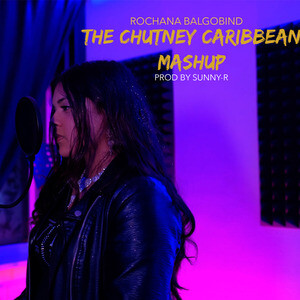


The Golden Era of Sinhalese and Tamil Folk-Pop Music. This mosaic of musical styles is to be found in Sri Lanka. Traditional instrumental music, characterized by large drum ensembles called hevisi, or even nurthy music originating from theatrical tradition, were also edited by the label. Sooriya Records’ catalogue reflected the diversity of Sri Lankan musical styles of the times: Anglo-Saxon influenced Sinhalese pop stood next to the baila or the sarala gee. They were performed during concerts organized by the label, the “Sooriya Shows”, or broadcasted on Radio Ceylon, which remained the number one radio for a long time.

Very quickly, the label’s hits came one after another. He then invented the « new sound of Ceylonese pop » with the help of a few composers, musicians and singers. Its founder Gerald Wickremesooriya was determined to put into light proper Sri Lankan music in opposition to poor copies of standards of the times. In the early 1960s, the country’s musical scene was very dynamic, partly under the influence of the music label Sooriya Records. Although much more recent but similarly popular, the sarala gee (also called light classical music) is a combination of Indian inspired music, either classical or close to Bollywood productions, with Sinhalese lyrics and a slight pop accent. The baila, which is reminiscent of Caribbean calypso, became the ultimate popular music and dance, performed on every festive occasion. The Kaffirs - African slaves deported by the Portuguese - introduced African sounds while the Portuguese brought their musical traditions and instruments (cavaquinho, mandolin, violin, tambourines). If Sri Lankan music is undeniably part of South Asian musical culture, its heritage is also a product of almost five centuries of European imperialism.Ĭoming from an original form of creolization, as defined by Edouard Glissant, the Baila bears the trace of both the African diaspora and the Iberian influences on the country. It comes along with a booklet depicting the country’s historical, cultural and musical context.Īs a deeply multicultural society, largely based on religious affiliations (Buddhist Sinhalese, Hindus Tamils as well as Muslim and Christian minorities) Sri Lanka possesses a great variety of musical traditions and influences which have been shaped by centuries of regional and international exchanges. This double compilation is conceived as a panorama presenting the diversity of Sri Lankan musical styles between 19 through 30 titles. This gap is now to be filled with Sri Lanka. While India and Pakistan’s respective musical heritage had already aroused interest among foreign audiences, Sri Lanka still remained one of the rare South Asian countries whose folk-pop music from the 1960-70s had not yet been compiled abroad.


 0 kommentar(er)
0 kommentar(er)
